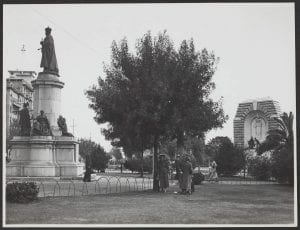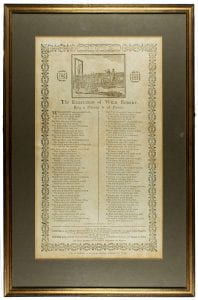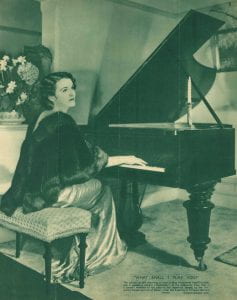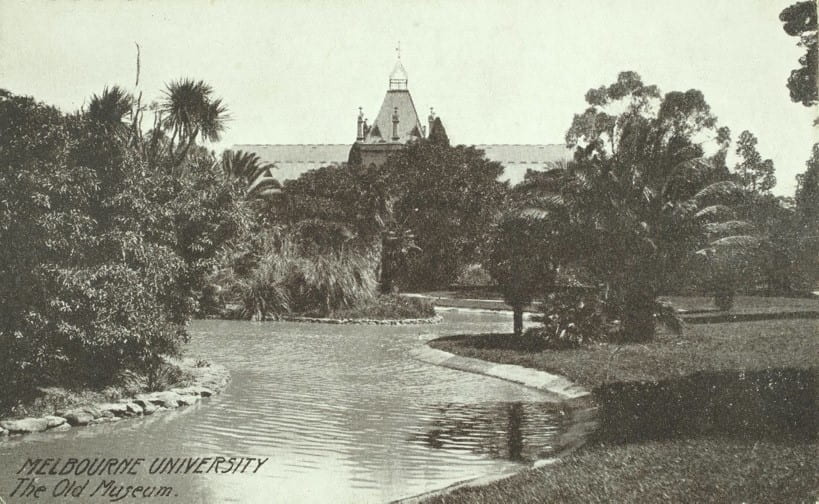The Spirit of Sacrifice: The First War Memorial in Australia
Yang Wang is a PhD candidate at the University of Melbourne’s Asia Institute. Her thesis analyses the political discourse of shengtai wenming (Ecological Civilisation) in China.
For South Australians, honouring and remembering the servicemen and women who made great sacrifices for the country during wartime, especially the First World War, is an indispensable part of their cities and towns. The National War Memorial located in Adelaide is such a mark of honour to the nearly 35,000 South Australians who served in the First World War and 30,000 who served overseas, with more than 5000 lost lives (King, 2013, p.170). Proposed in March 1919 by then Premier Archibald Peake, with the unanimous support of parliament, the government of South Australia determined to build the first memorial to the First World War in Australia. Designed to commemorate not only South Australian soldiers but all Australian servicemen and women, the memorial was named the National War Memorial, and after a decade’s efforts, was finally unveiled on ANZAC Day 25 April 1931, with an estimated 75,000 people, including 5,000 veterans attending the ceremony. Thereafter, the National War Memorial has been one of the most significant cultural, historical and tourist sites in South Australia.

Continue reading “The Spirit of Sacrifice: The First War Memorial in Australia”





